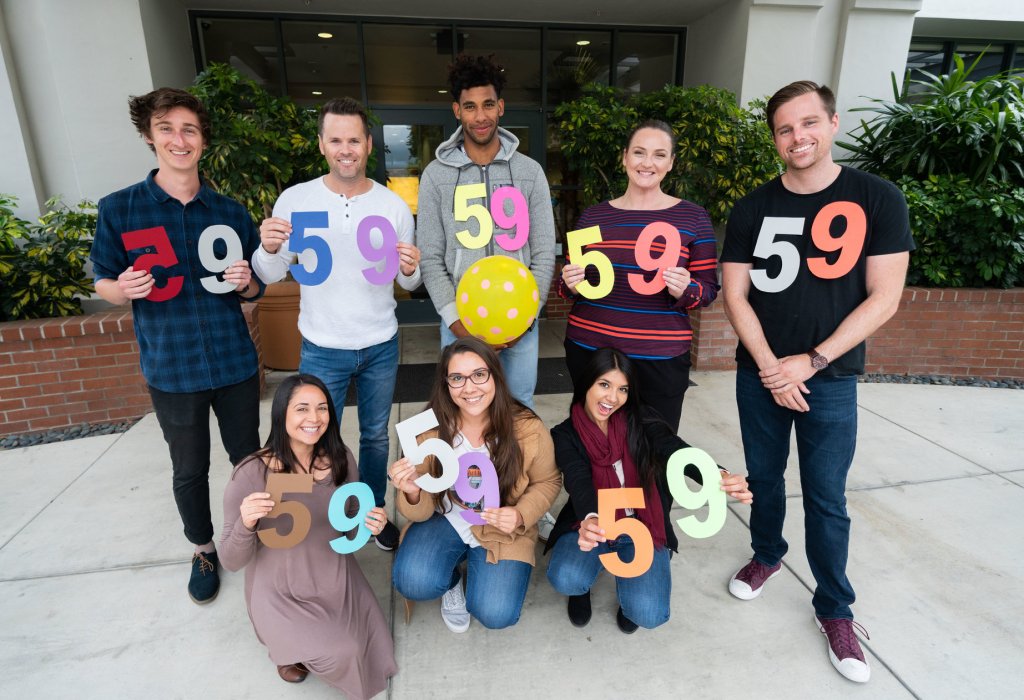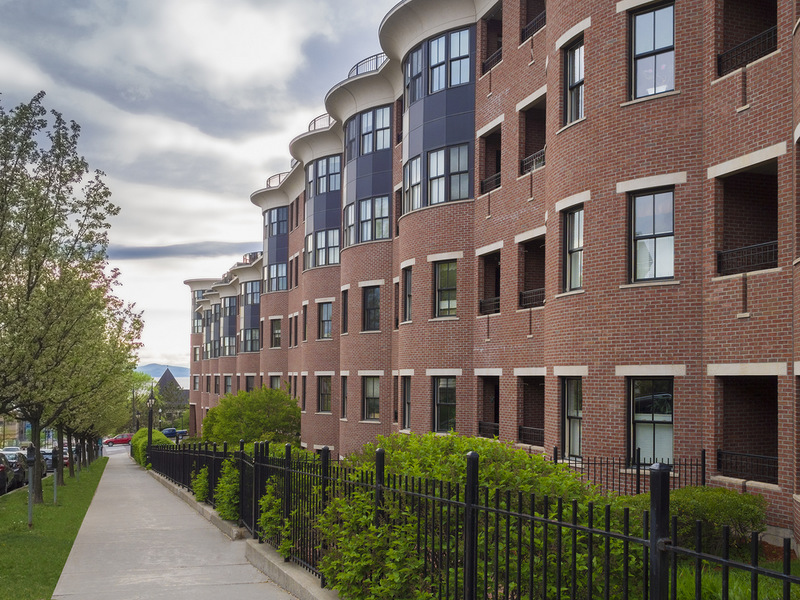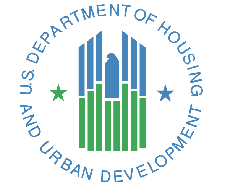Making Sense of HOTMA
Yardi’s plan for PHAs in 2023
The Housing Opportunity Through Modernization Act (HOTMA) of 2016 brings significant changes to HUD’s public housing program. After years of preparation and implementation processes, public housing agencies across the country are ready to change the way they complete many of their core processes. Yardi is also ready for HOTMA with updates to our PHA Suite […]










